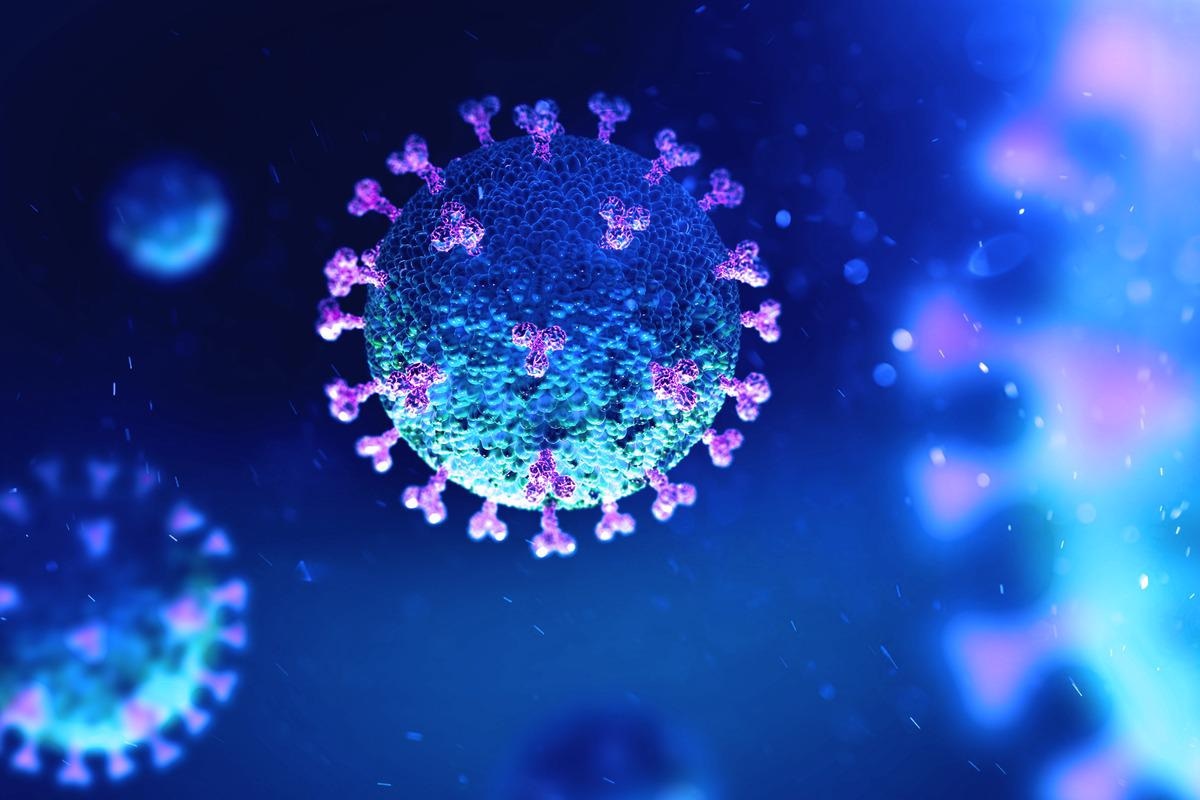In a recent study posted to the medRxiv* preprint server, researchers assessed asymptomatic severe acute respiratory syndrome coronavirus 2 (SARS-CoV-2) infection according to age.

Asymptomatic coronavirus disease 2019 (COVID-19) infections have been a concerning subject in designing public health care policies due to the potential of these infections in transmitting infectious viruses. Hence, extensive research is needed to ascertain the proportion of asymptomatic COVID-19 infections incident through the course of a viral infection.
About the study
In the present study, the researchers identified and assessed asymptomatic SARS-CoV-2 infections throughout the course of the COVID-19 infection and estimated the number of asymptomatic infections according to age.
The team conducted a meta-analysis and systematic review according to the preferred reporting items for systematic review and meta-analysis (PRISMA) guidelines. The characteristics taken into account to estimate the proportion of asymptomatic infections were the study population, study period, country, follow-up period, and the definitions of SARS-CoV-2 infection and asymptomatic cases. The team included studies that were conducted between January and December 2020, before the COVID-19 vaccination schedule commenced, and during the emergence of SARS-CoV-2 Alpha, Delta, and Omicron variants.
The articles were selected through two phases, namely the title and abstract screen and the full-text review. The team included all studies that reported (1) The proportion of asymptomatic individuals among the COVID-19-infected population. The numerator included the number of asymptomatic SARS-CoV-2 positive persons while the denominator included the total number of SARS-CoV-2 positive individuals; (2) The prevalence of SARS-CoV-2-positive individuals who were asymptomatic among the general population. The numerator included the number of asymptomatic SARS-CoV-2 positive persons while the denominator included the total number of people who were tested for SARS-CoV-2, and (3) Asymptomatic infections which defined an individual having a confirmed SARS-CoV-2 infection with no symptoms reported either at the time of screening or throughout the follow-up period.
Results
The team included a total of 38 studies that involved the assessment of 14,850 individuals who were a part of the meta-analysis. These studies included 13 pediatric studies, eight studies with adults only, and 17 studies with both children and adults. There were 61.2% males and 38.4% female participants. Among the total number of participants involved in the study, 0.37% were from China, 0.24% from India, 0.10% from Saudi Arabia, 0.08% from Bangladesh, 0.03% from the US, 0.02% from Kuwait, 0.01% from Croatia, 0.01% from Nepal, 0.014% from Italy, 0.01% from Greece, and 0.07% from the rest of the world.
The study results showed the proportion of asymptomatic infection was between zero to 91%. The meta-analysis showed that 44.1% of the total participants were asymptomatic throughout the duration of the SARS-CoV-2 infection. Among the asymptomatic individuals, 36.2% were aged 13.5 years, almost 50% were aged between 40 to 50 years, and 8.1% were aged 90.5 years.
Conclusion
The study findings showed that since the younger populations displayed higher asymptomatic disease proportions, this age group requires continuous monitoring to curb SARS-CoV-2 transmission. Furthermore, since various studies have reported the insufficient protection provided by COVID-19 vaccines against SARS-CoV-2 Omicron infections, further research is necessary to develop variant-specific vaccines and other vaccination schedules.
*Important notice
medRxiv publishes preliminary scientific reports that are not peer-reviewed and, therefore, should not be regarded as conclusive, guide clinical practice/health-related behavior, or treated as established information.
- Bing Wang, Prabha Andraweera, Salenna Elliott, Hassen Mohammed, Zohra Lassi, Ashley Twigger, Chloe Borgas, Shehani Gunasekera, Shamez Ladhani, Helen Siobhan Marshall. (2022). Asymptomatic SARS-CoV-2 infection by age: A systematic review and meta-analysis. medRxiv. doi: https://doi.org/10.1101/2022.05.05.22274697 https://www.medrxiv.org/content/10.1101/2022.05.05.22274697v1
Posted in: Medical Science News | Medical Research News | Disease/Infection News
Tags: Children, Coronavirus, Coronavirus Disease COVID-19, covid-19, Health Care, Omicron, Public Health, Research, Respiratory, SARS, SARS-CoV-2, Severe Acute Respiratory, Severe Acute Respiratory Syndrome, Syndrome

Written by
Bhavana Kunkalikar
Bhavana Kunkalikar is a medical writer based in Goa, India. Her academic background is in Pharmaceutical sciences and she holds a Bachelor's degree in Pharmacy. Her educational background allowed her to foster an interest in anatomical and physiological sciences. Her college project work based on ‘The manifestations and causes of sickle cell anemia’ formed the stepping stone to a life-long fascination with human pathophysiology.
Source: Read Full Article
